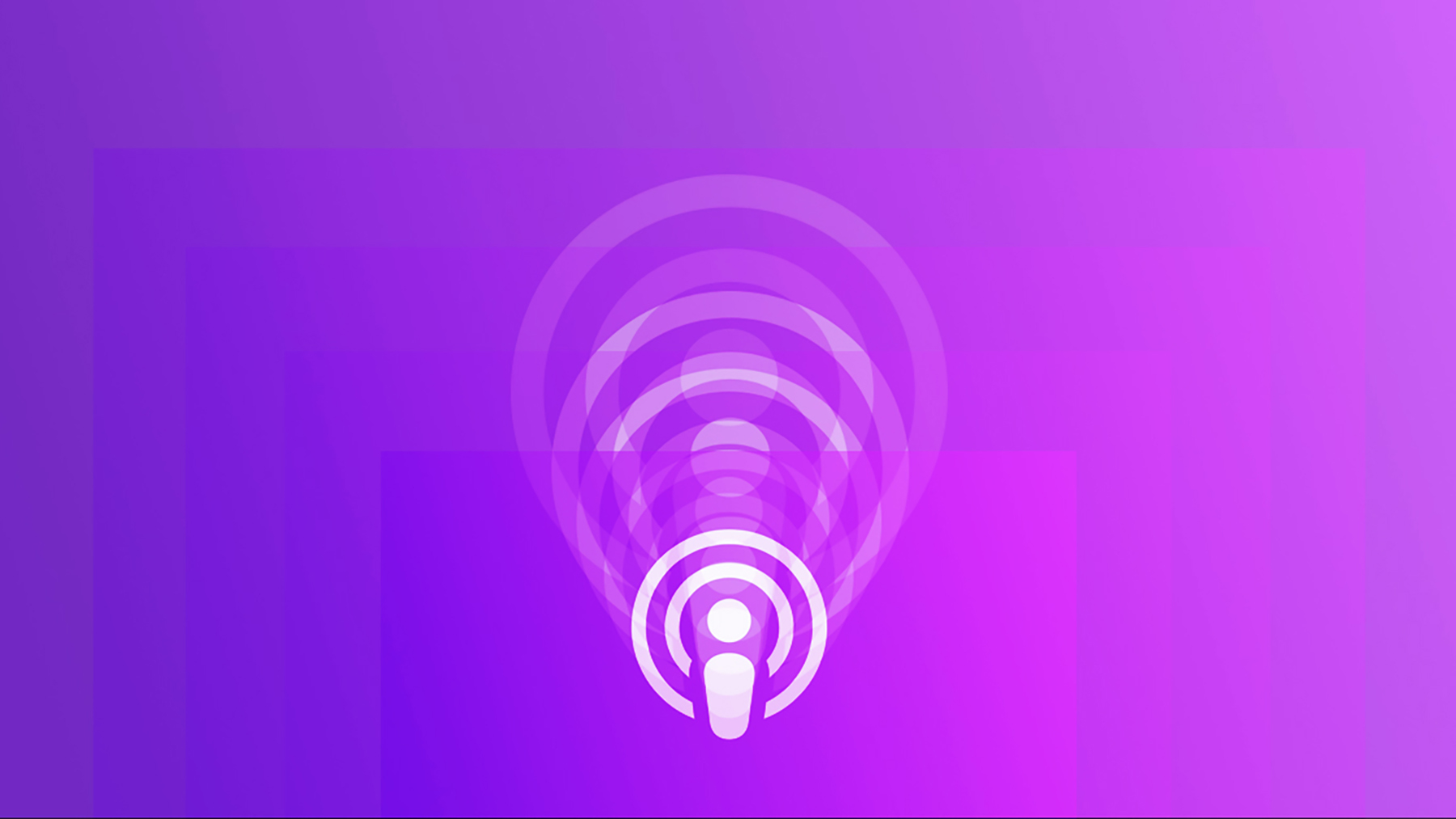Listening to numbers drop: Apple’s iOS update to podcast downloads deflated the number of listeners
A technical change in the Apple Podcasts app could potentially cost some podcasters a lot of money

Who doesn’t love listening to a good podcast, right? Whether you’re downloading The Daily, Serial Killers, Stuff You Should Know, The Joe Rogan Experience, or the thousands of other available podcasts, it seems there are just so many good podcasts to choose from. And over the past several years, the number of subscribers listening to many of these popular podcasts and others has continued to grow and grow.
Right?
Well, although most of that could be true, what might not be accurate is how many listeners have been downloading and listening in to podcasts. Or, at the very least, it’s not clear if the number of listeners or subscribers is as large as many podcasters believe them to be, which is a scenario that could be devastating to those podcasters hoping to monetize via advertising.
So, what happened? Why are the numbers in question now?
According to a recent story in Semafor, it was a technical shift: This past September, when Apple released iOS 17, the update included an "improvement" in the way automatic downloads are handled.
In Apple's Update to Automatic Downloads notice for the Apple Podcasts app, it said, "Before iOS 17, when a listener would unpause automatic downloads, the system would automatically download all unplayed episodes. With iOS 17, Apple Podcasts will not download previous episodes and will resume automatically downloading new episodes."
Should Apple be obligated to notify the podcast industry when it changes how listeners are calculated?
But when Apple implemented this change in iOS 17, it "quietly tightened its reporting of how many people listen to podcasts...." In doing so, Semafor said that technical change is "sending shock waves through an embattled audio industry still reeling from the end of the COVID-era production bubble."
iMore offers spot-on advice and guidance from our team of experts, with decades of Apple device experience to lean on. Learn more with iMore!
The Semafor story gave two examples of how podcasts benefitted under “the old rules,” or before Apple released iOS 17. In the first example, “A user who listened to a show like The New York Times’ The Daily a few times, subscribed, but stopped listening would continue to count as a download indefinitely.” In the second example, “for people who listened to a show, dropped off for a while, but started listening again later, Apple would automatically download every show in between." In both cases, Semafor said such a process resulted in driving up "big download numbers, a crucial metric for ad sales and a sign of the vast reach of podcasts as a medium.”
But since Apple released iOS 17 this past September, the number of listeners the Apple Podcasts platform reported were significantly lower. In fact, Semafor reported that by and large, "long-running shows that publish frequently were hit particularly hard." Semafor also said, “...The Daily and Dateline both publicly touted reaching over a billion total downloads. But representatives for these shows would not say if those numbers or other impressive daily or weekly download stats are still accurate, though several of the biggest podcasts acknowledged privately to Semafor that they had seen noticeable declines…. Another well-known podcaster and executive said for some shows, the decline in downloads was as high as 40%.”
At the moment, it's not clear how the change has affected or will continue to affect the podcast industry. Some suggest it was a necessary change, although perhaps not in the way Apple implemented it. But at the moment, not many are openly discussing it. Semafor notes that the most popular podcasts aren't discussing the platform change, which might be a sign that "many big shows aren’t ready to admit how much their audiences have shrunk."

Terry Sullivan has tested and reported on many different types of consumer electronics and technology services, including cameras, action cams, mobile devices, streaming music services, wireless speakers, headphones, smart-home devices, and mobile apps. He has also written extensively on various trends in the worlds of technology, multimedia, and the arts. For more than 10 years, his articles and blog posts have appeared in a variety of publications and websites, including The New York Times, Consumer Reports, PCMag, Worth magazine, Popular Science, Tom’s Guide, and Artnews. He is also a musician, photographer, artist, and teacher.
